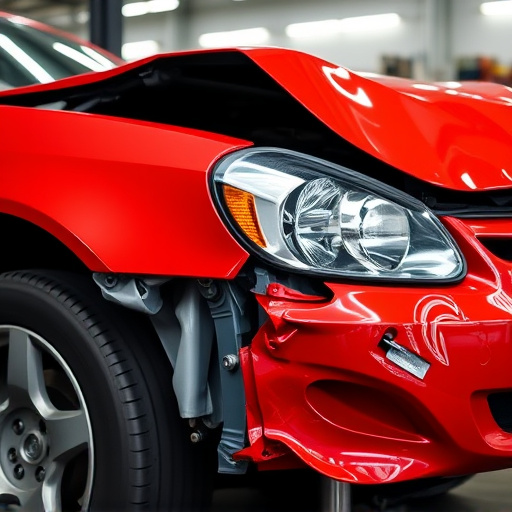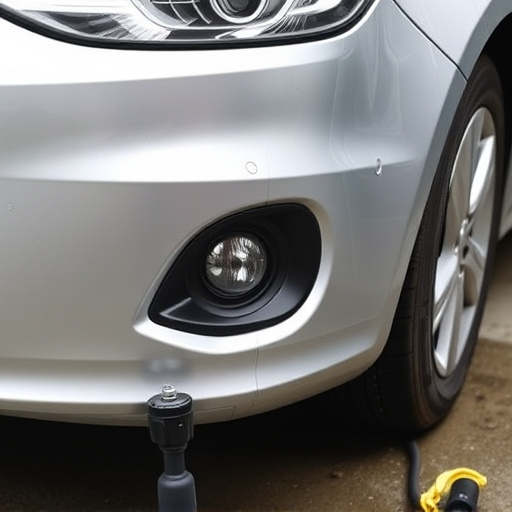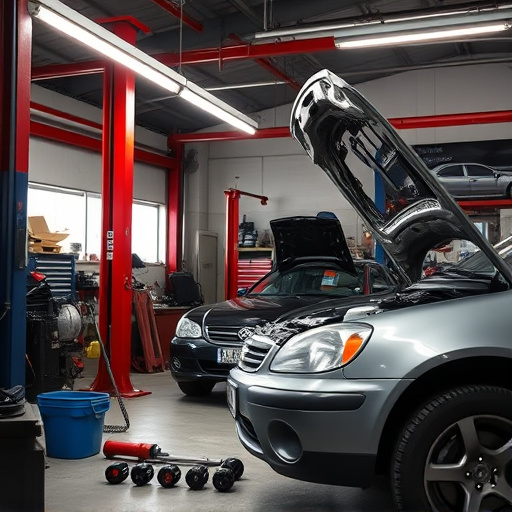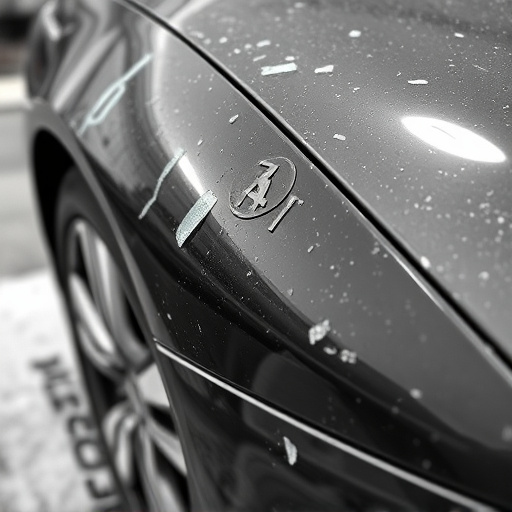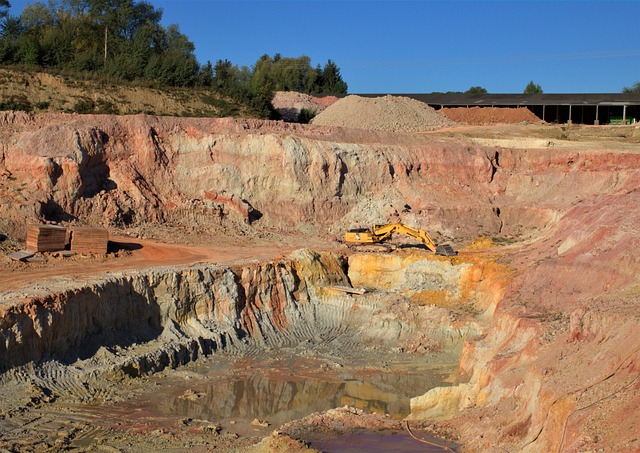After a cooling system accident, thorough inspection and potential thermostat replacement are critical for restoring a vehicle's climate control system, preventing overheating or insufficient cooling. Damage from such incidents can range from ruptured radiators to compromised water pumps, affecting thermostat sensitivity and functionality. Quick action by skilled technicians is essential to minimize damage, maintain efficiency, and avoid future breakdowns, with prompt inspection, proper maintenance, and necessary part replacements key steps.
In today’s digital era, understanding how thermostats react to unexpected events, such as cooling system accidents, is crucial for maintaining optimal indoor environments. Cooling system accidents can cause significant damage, affecting thermostat functionality and sensitivity. This article delves into the intricate relationship between these components, exploring the impact of accidents on thermostat performance and offering mitigation strategies to ensure efficient operation post-incident. By understanding these dynamics, folks can promptly address potential issues and prevent further complications.
- Understanding Thermostat Functionality and Sensitivity
- The Impact of Cooling System Accidents on Thermostats
- Mitigating Damage and Ensuring Efficient Operation After an Accident
Understanding Thermostat Functionality and Sensitivity
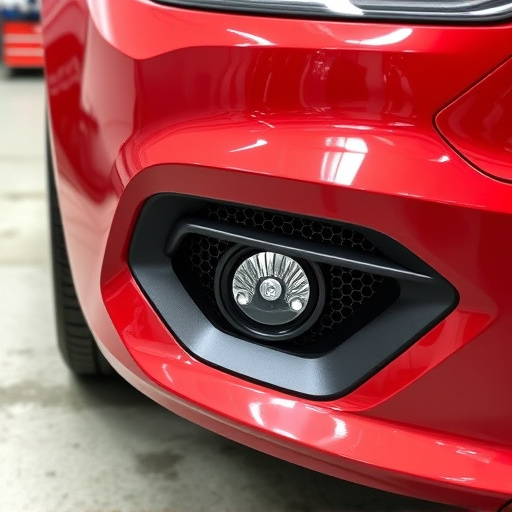
Thermostats are an essential component of any vehicle’s climate control system, playing a crucial role in maintaining the desired interior temperature. When a cooling system experiences accident damage, understanding how thermostats react is vital for effective automotive repair services. These devices are designed to sense and regulate temperature by controlling the flow of coolant or heating/cooling media.
A thermostat’s sensitivity and functionality are critical factors. Modern vehicles often feature advanced thermostats that can detect subtle temperature variations, ensuring optimal comfort. However, in the event of a collision or vehicle body repair, these precise mechanisms might be affected. For instance, a damaged thermostat could result in inefficient temperature regulation, leading to either overheated or poorly cooled interiors. Thus, during automotive repairs following an accident, thorough inspection and potential replacement of thermostats are essential steps to ensure the system operates at peak performance.
The Impact of Cooling System Accidents on Thermostats
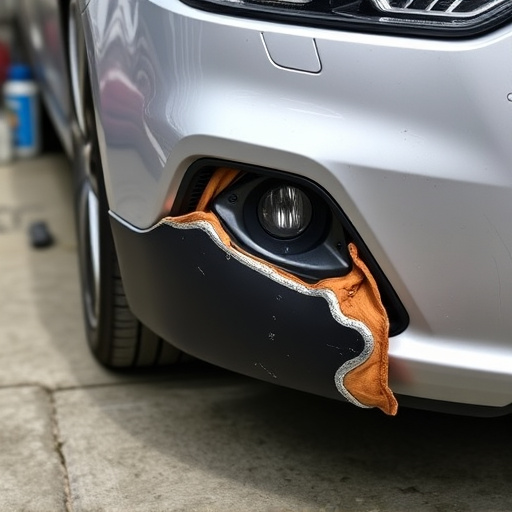
A cooling system accident can have significant repercussions for a vehicle’s internal components, including thermostats. These devices are integral to temperature regulation within an engine, ensuring optimal performance and efficiency. When a cooling system fails or is damaged due to an accident, it can disrupt this delicate balance. The thermostat may no longer function correctly, leading to overheating or inefficient cooling of the engine.
Such accidents often cause varying degrees of cooling system damage, from ruptured radiators to compromised water pumps. Consequently, thermostats might be affected directly by physical impact or indirectly through exposure to extreme temperatures. In severe cases, replacement of both the thermostat and other associated components may be required, as in auto body repair scenarios, to restore proper engine temperature control. Skilled technicians can perform automotive restoration techniques to ensure that not only the cooling system but also its integral parts like thermostats are restored to their pre-accident condition.
Mitigating Damage and Ensuring Efficient Operation After an Accident
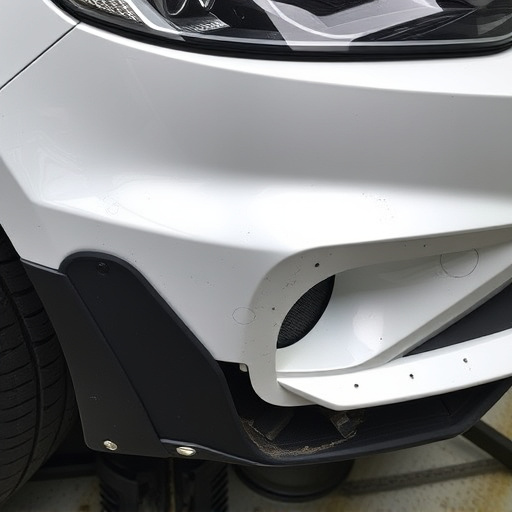
After a cooling system accident, quick action is crucial to mitigate damage and ensure your vehicle’s efficient operation. The initial step involves assessing the extent of the harm, which can range from minor leaks to severe internal component failures. If left unchecked, even seemingly small issues can lead to more significant problems during normal operation. Therefore, prompt inspection by a qualified technician is essential.
In addition to technical evaluation, proper maintenance and repair are vital. Damage to the cooling system may require replacement parts or advanced car bodywork services. Fleet owners should engage reputable fleet repair services for timely restoration of their vehicles’ critical systems. Similarly, individual vehicle owners might consider car body restoration as a proactive measure to prevent future breakdowns and ensure optimal performance.
In light of the above discussions, it’s clear that understanding how thermostats react to cooling system accidents is paramount. By appreciating the sensitivity and functionality of these devices, homeowners and professionals can effectively mitigate potential damage and ensure efficient operation after an incident. Regular maintenance and prompt action following a cooling system accident are key to minimizing disruption and keeping your home or business comfortable.



